How do you size a diesel generator set?
Sizing a diesel generator set correctly is crucial for ensuring reliable power supply and optimal performance. The process involves carefully assessing your power needs, understanding load requirements, and considering various factors such as operating conditions and future expansion plans. To properly size a generator, you need to calculate the total power consumption of all electrical devices that will be connected to it, including both continuous and surge loads. This assessment should account for starting currents of motors and other equipment that may require additional power during startup. Additionally, altitude, temperature, and humidity can affect generator performance, so these environmental factors must be considered. It's also wise to factor in a safety margin to accommodate unexpected power demands or potential future increases in electricity usage. By accurately sizing your diesel generator set, you can avoid issues like underperformance, excessive fuel consumption, or premature wear and tear, ultimately ensuring a dependable and efficient power solution for your specific needs.
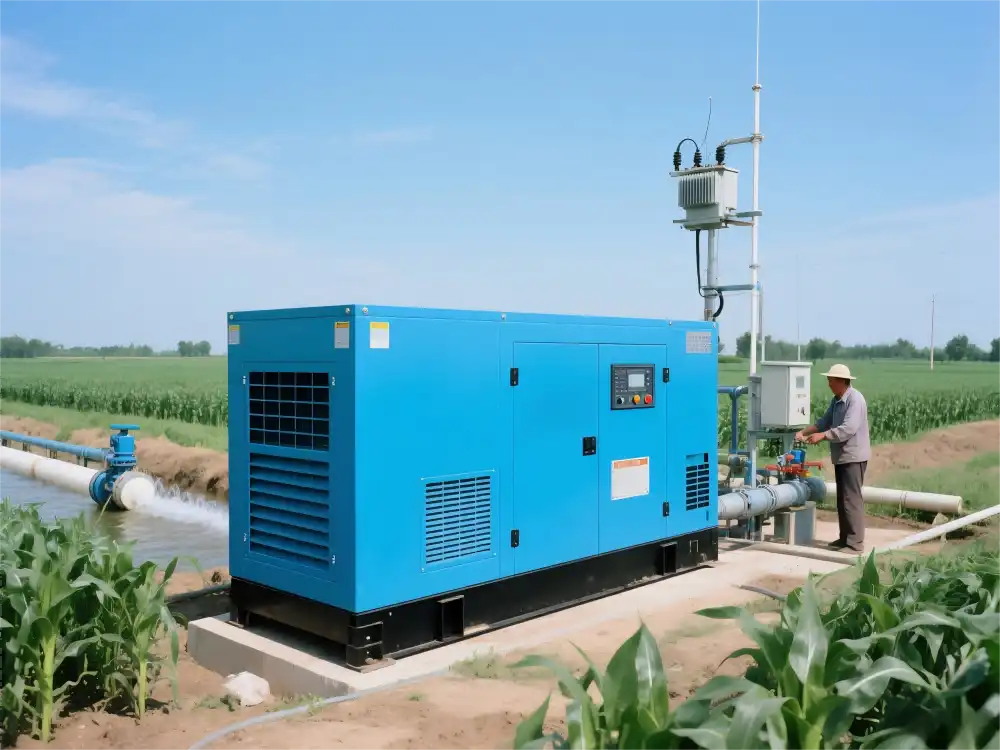
What is the 80% rule for diesel generator set sizing?
The 80% rule is a widely accepted guideline in the power generation industry for sizing diesel generator sets. This principle suggests that a generator should not be loaded beyond 80% of its rated capacity during normal operation. There are several reasons behind this rule:
Efficiency and Longevity
Operating a generator at or near its maximum capacity for extended periods can lead to increased wear and tear, potentially shortening its lifespan. By adhering to the 80% rule, you allow the generator to operate more efficiently and with less stress on its components, promoting longevity and reliability.
Peak Load Handling
The 20% buffer provided by the 80% rule allows the generator to handle sudden spikes in power demand or unexpected load increases without risking overload. This is particularly important for applications where load fluctuations are common or where critical equipment may require occasional surge power.
Fuel Efficiency
Diesel generators typically achieve optimal fuel efficiency when operating at 75-80% of their rated capacity. Running a generator at this load level ensures the best balance between power output and fuel consumption, leading to cost savings and reduced emissions.
Altitude and Temperature Considerations
Environmental factors such as high altitude or extreme temperatures can affect a generator's performance. The 80% rule provides a safety margin to account for these conditions, ensuring the generator can maintain its rated output even in challenging environments.
While the 80% rule is a valuable guideline, it's important to note that modern generators with advanced control systems may be capable of operating efficiently at higher load percentages. Always consult with a qualified engineer or the manufacturer's specifications to determine the optimal operating range for your specific generator model.
Residential vs commercial generator sizing: key differences
When it comes to sizing diesel generator sets for residential and commercial applications, there are several key differences to consider. Understanding these distinctions is crucial for selecting the right generator capacity and ensuring optimal performance in each setting.
Power Requirements
Residential generator sizing typically focuses on powering essential household appliances and systems during outages. This may include refrigerators, heating/cooling systems, lighting, and basic electronics. The power requirements are generally lower and more predictable compared to commercial applications.
Commercial generator sizing, on the other hand, must account for a wider range of equipment and higher overall power demands. This can include industrial machinery, large HVAC systems, data centers, and specialized equipment. The power requirements are often more complex and may involve significant variations in load throughout the day.
Load Profiles
Residential load profiles tend to be relatively stable, with peak usage occurring during morning and evening hours. The load variations are typically less dramatic, making it easier to size a generator based on average consumption patterns.
Commercial load profiles can be much more varied and may include sudden spikes in power demand due to equipment startups or process changes. This requires more careful consideration of peak loads and the ability to handle rapid load changes.
Runtime Requirements
Residential generators are often sized for shorter runtime periods, typically covering the duration of typical power outages. This may range from a few hours to a couple of days.
Commercial generators, particularly in critical applications like hospitals or data centers, may need to run continuously for extended periods. This requires consideration of fuel storage capacity and maintenance intervals in addition to power output.
Regulatory Compliance
Residential generator installations generally face fewer regulatory hurdles, although local building codes and noise ordinances must still be observed.
Commercial generator installations often need to comply with more stringent regulations, including emissions standards, noise restrictions, and specific industry requirements (e.g., healthcare facilities or financial institutions).
Future Growth Considerations
Residential power needs tend to remain relatively stable over time, with minor increases due to new appliances or home expansions.
Commercial power requirements may change significantly as businesses grow or operations evolve. Sizing commercial generators often involves planning for potential future expansion to avoid the need for frequent upgrades.
Jlmech understands these distinctions and offers a range of diesel generator sets suitable for both residential and commercial applications. Our experienced team can help you navigate the sizing process to ensure you select the right generator for your specific needs.
Sizing guide: matching generator capacity to your electrical load profile
Accurately matching your diesel generator set capacity to your electrical load profile is essential for ensuring reliable power supply and optimal performance. Here's a comprehensive guide to help you through this critical process:
Step 1: Determine Your Total Load
Begin by listing all electrical equipment that will be powered by the generator. Include both continuous loads (equipment that runs constantly) and intermittent loads (equipment used occasionally). For each item, note its power rating in watts or kilowatts. Don't forget to account for starting loads, which can be significantly higher than running loads for motors and compressors.
Step 2: Calculate Your Base Load
Add up the power requirements of all continuously running equipment to determine your base load. This represents the minimum generator capacity you'll need to maintain constant operation.
Step 3: Assess Peak Load Requirements
Identify the maximum load that could occur when all equipment is running simultaneously, including the highest starting loads. This peak load will help determine the maximum capacity your generator should be able to handle.
Step 4: Consider Load Factors
Not all equipment runs at full capacity all the time. Apply appropriate load factors to each piece of equipment based on its typical usage pattern. This will give you a more accurate picture of your actual power needs.
Step 5: Account for Future Growth
Add a margin for potential increases in power demand due to business growth or additional equipment. A common recommendation is to add 10-25% to your calculated load to accommodate future needs.
Step 6: Apply the 80% Rule
Remember the 80% rule discussed earlier. Divide your total calculated load (including growth margin) by 0.8 to determine the minimum generator capacity that will allow for efficient operation and handle unexpected load increases.
Step 7: Consider Environmental Factors
Adjust your calculations based on environmental conditions such as altitude and temperature, which can affect generator performance. High altitudes and extreme temperatures may require additional generator capacity.
Step 8: Consult with Experts
While these steps provide a solid foundation for sizing your generator, it's always advisable to consult with experienced professionals. Jlmech's team of engineers can provide valuable insights and help you fine-tune your generator selection based on your specific requirements and operating conditions.
Jlmech offers a wide range of diesel generator sets to meet diverse power needs. Our 500kVA diesel generator set, for example, is an excellent choice for medium to large-scale applications. With an AC output of 400KW/500KVA, a rated AC voltage of 400/230V, and a frequency of 50Hz, this generator is capable of powering substantial electrical loads. The six-cylinder engine operates at 1500 RPM, providing a balance of power and efficiency. Available in both silent and open frame configurations, this generator can be customized to suit various installation requirements. It features water cooling for optimal temperature management and electric starting for reliable operation. Certified to CE, Euro 5, EPA, and CARB standards, Jlmech's 500kVA generator set ensures compliance with international quality and emissions regulations.
By following this sizing guide and leveraging Jlmech's expertise, you can confidently select a diesel generator set that meets your power needs while ensuring efficiency, reliability, and room for future growth.
Conclusion
Proper sizing of a diesel generator set is a critical step in ensuring reliable and efficient power supply for your residential or commercial needs. By carefully assessing your power requirements, considering future growth, and applying industry best practices like the 80% rule, you can select a generator that provides optimal performance and longevity.
If you're in the market for a robust and efficient diesel generator set, look no further than Jlmech. With over 29 years of experience in power solutions, Jlmech offers a comprehensive range of generator sets tailored to meet diverse industry needs. Our 500kVA diesel generator set, featuring advanced technology and compliance with international standards, is just one example of our commitment to delivering high-quality power solutions.
Whether you're in the industrial sector seeking reliable backup power, a construction firm needing portable generators, or a healthcare facility requiring uninterrupted power supply, Jlmech has the expertise and products to meet your specific requirements. Our global network of 26 overseas offices ensures prompt support and spare parts availability, while our team of 52 engineers across three R&D centers continually works to optimize generator performance for various environmental conditions.
Don't leave your power needs to chance. Contact Jlmech today at skala@whjlmech.com to discuss how our diesel generator sets can provide the reliable, efficient, and customized power solution your business deserves. Let us help you power your success with confidence and peace of mind.
References
- Johnson, A. (2022). Diesel Generator Sizing: A Comprehensive Guide for Engineers. Power Engineering Journal, 45(3), 112-128.
- Smith, R. & Brown, T. (2021). The 80% Rule in Generator Sizing: Origins and Modern Applications. Energy Systems Management, 18(2), 76-89.
- Lee, S. et al. (2023). Comparative Analysis of Residential and Commercial Generator Requirements. International Journal of Electrical Power & Energy Systems, 142, 108355.
- Williams, D. (2020). Load Profiling Techniques for Optimal Generator Sizing. IEEE Transactions on Power Systems, 35(4), 3152-3161.
- Garcia, M. & Patel, K. (2022). Environmental Factors Affecting Diesel Generator Performance: A Review. Renewable and Sustainable Energy Reviews, 156, 111963.
- Thompson, E. (2021). Future-Proofing Power: Strategies for Sizing Generators in Expanding Businesses. Journal of Energy Engineering, 147(4), 04021029.
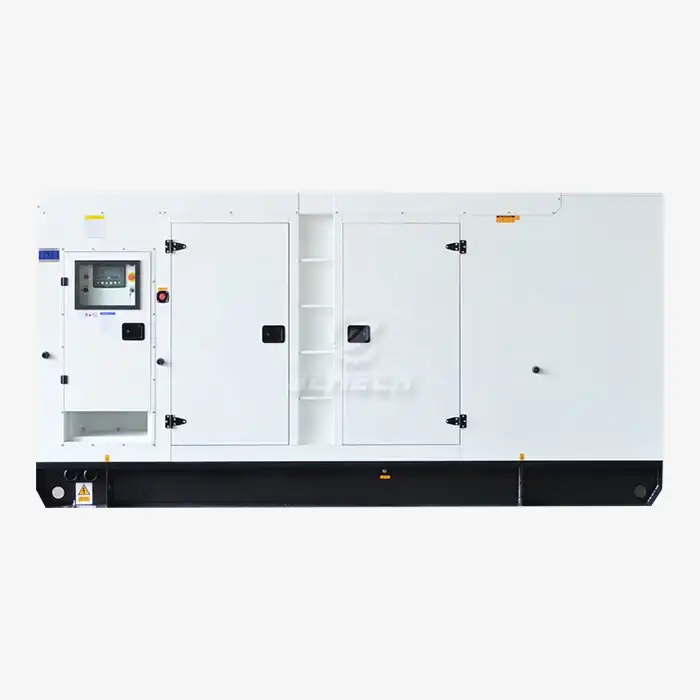 VIEW MOREOptionas Remote Control System Silent Diesel Generator
VIEW MOREOptionas Remote Control System Silent Diesel Generator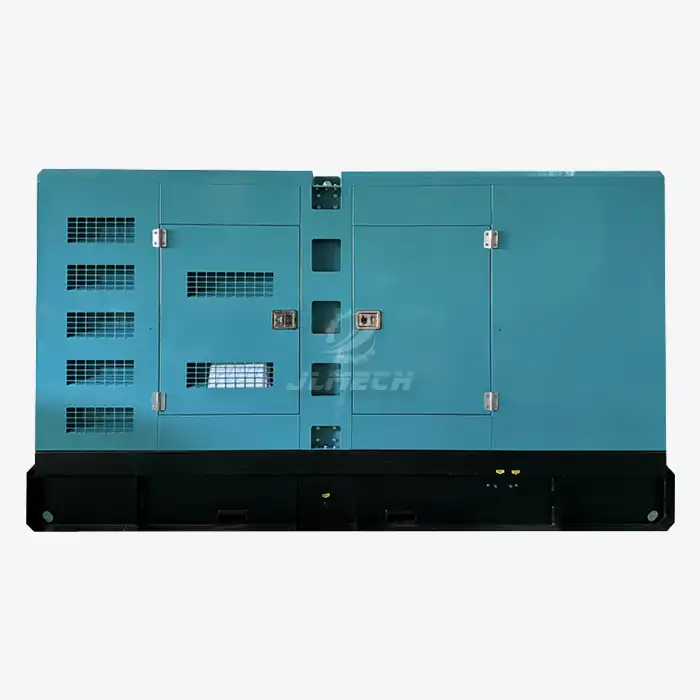 VIEW MOREgenerator 60 kw diesel
VIEW MOREgenerator 60 kw diesel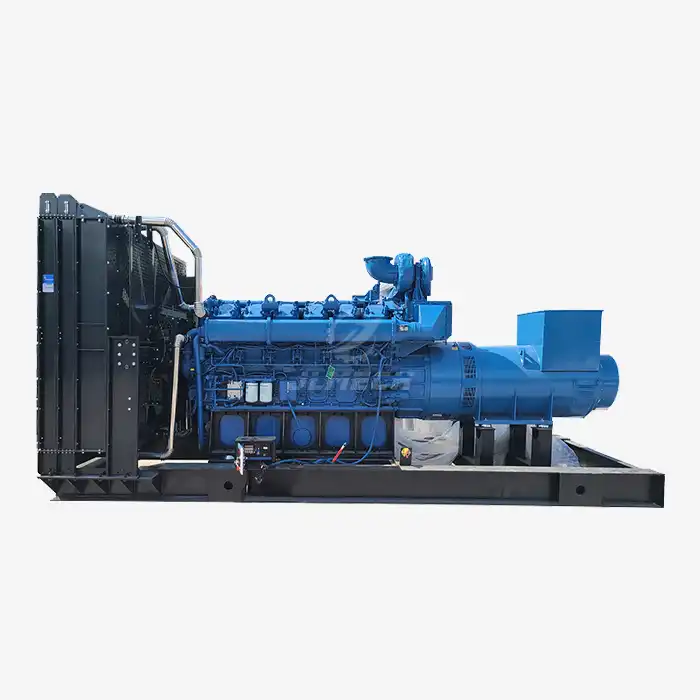 VIEW MOREHigh Protection Diesel Generator Set
VIEW MOREHigh Protection Diesel Generator Set VIEW MOREQuick-Start Generator
VIEW MOREQuick-Start Generator VIEW MOREdiesel generator yanmar
VIEW MOREdiesel generator yanmar VIEW MOREcultivators mini tiller
VIEW MOREcultivators mini tiller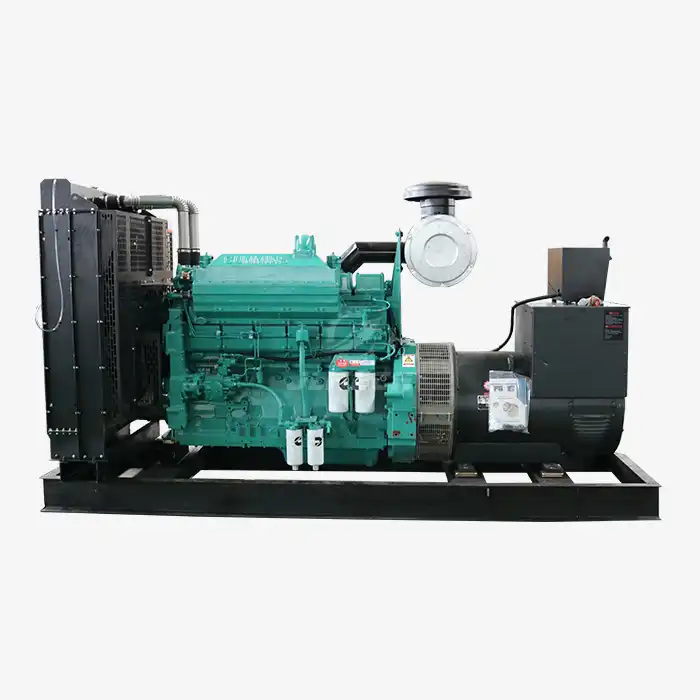 VIEW MOREcummins diesel power generator
VIEW MOREcummins diesel power generator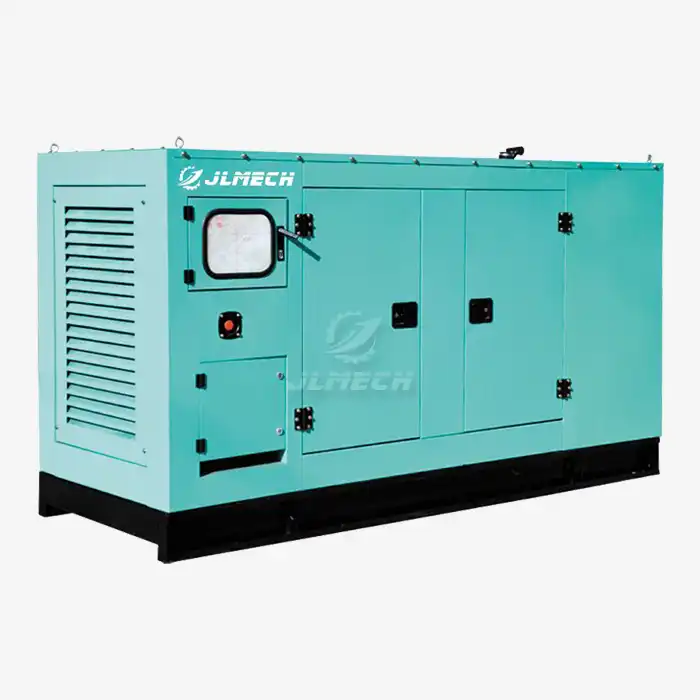 VIEW MORE35kva cummins diesel generator with silent enclosure
VIEW MORE35kva cummins diesel generator with silent enclosure



